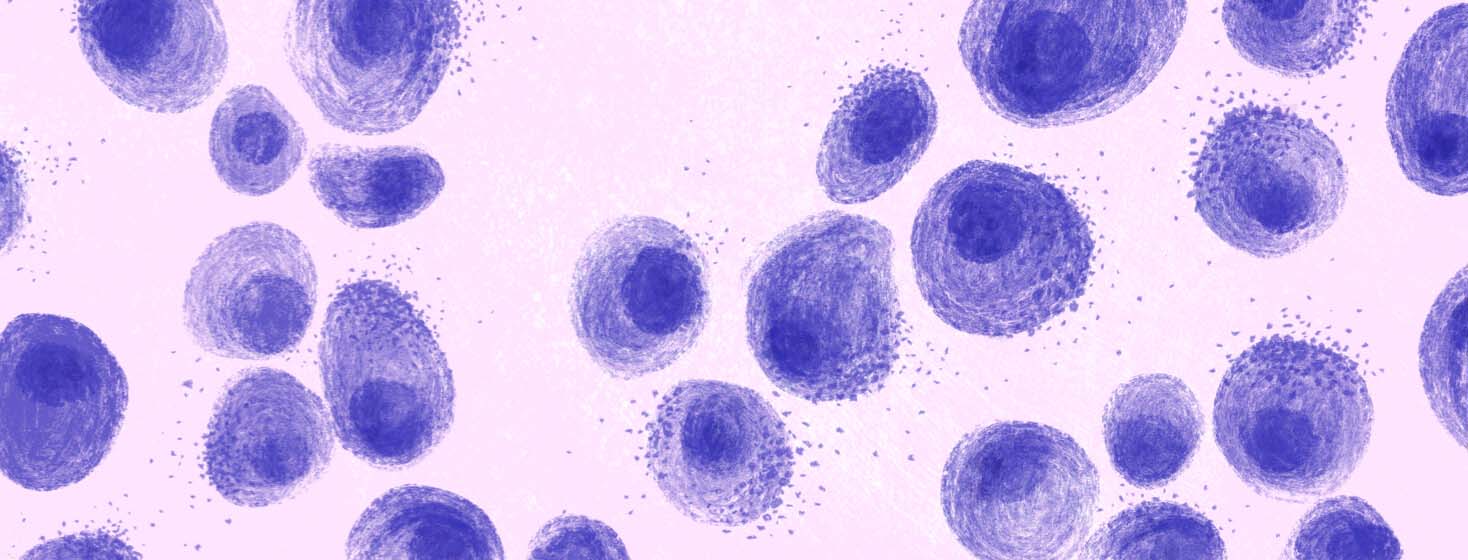Chronic Spontaneous Urticaria
Autoimmune hives go by a few different names, including chronic spontaneous urticaria (CSU) and chronic idiopathic urticaria (CIU). But what are autoimmune hives and how are they diagnosed?
As is true for any autoimmune condition, autoimmune hives are the result of the body attacking its own cells and tissues. In particular, the body is attacking mast cells. Mast cells are cells within the body that release a protein called histamine. In people without autoimmune hives, there are a number of things that can lead to the release of histamine, including allergens.
What is a mast cell?
Mast cells are part of the immune system and are made in the bone marrow. Mast cells disperse into different tissue, where they mature. These cells are found in many different body tissues, mainly mucous membranes and connective tissue. When mast cells are activated by an allergen, they release inflammatory chemicals, including histamine. When mast cells break apart and release these inflammatory chemicals, it’s called degranulation.1
When mast cells in our skin are activated, the degranulation and release of histamine produce hives. If mast cells in deeper tissue are activated, the release of histamine leads to inflammation called angioedema. 2 It is possible to have hives and angioedema, or to have one or the other.
Allergy vs autoimmune
Most people are familiar with mast cells and histamine in the setting of allergies and allergic reactions. When mast cells are activated by an allergen, they cause many different types of inflammation. Before I had autoimmune hives, I mostly thought of allergies as having a runny nose, itchy eyes, and a cough, or in the case of a severe allergic reaction, trouble breathing, and swollen lips and tongue. But allergies are much more complicated than that, and the cells that cause allergy symptoms (mast cells) are involved in many different functions of the body.
Another reason for mast cell degranulation is an autoimmune disease. In chronic spontaneous urticaria, the body attacks its own mast cells, causing them to release histamine. 3 As with any autoimmune disorder, the body sees its own tissues as a foreign substance, and in turn, attacks them. In CSU, the body sees mast cells as foreign invaders and starts to attack. This is what causes the release of histamine in autoimmune hives.
CU index
How is chronic spontaneous urticaria diagnosed? Actually, it’s pretty simple. There is a blood test called the CU index. CU stands for chronic urticaria. The test measures the body’s histamine release in response to exposure to basophils, which are a kind of white blood cell. A positive test shows that the body has specific antibodies that indicate autoimmune urticaria.4 Normal CU index values are between 1-10. Anything over 10 shows the presence of CSU.
There are many things that can cause hives, but Chronic Spontaneous Urticaria is an autoimmune disease. Mast cells are an important part of the immune system, but can be stimulated to release histamine inappropriately. There are many things that can cause mast cells to degranulate, including allergies and autoimmune diseases, among many other causes that are beyond the scope of this article.
Have you ever had your CU Index checked? Let us know in the comments.

Join the conversation